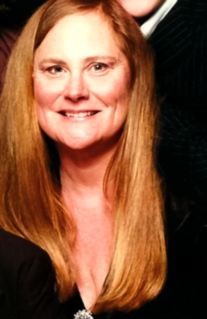The Representation of Death in My Dreams
 Beverly I. Kedzierski
Beverly I. Kedzierski
Carnegie Group
Pittsburgh, PA
In my waking life, I am very involved in my career as a Computer Scientist. I also have been doing research in lucid dreaming for the past 5 years at the Stanford University Sleep Laboratory, with Steve LaBerge. I’ve had lucid dreams long before I knew the name for them, and I continue to have them often. The first one that I remember occurred when I was 7 years old. It is described, along with other lucid dreams of mine, in the November 1985 issue of New Age magazine. Here I will briefly, discuss one aspect of my experiences, namely, death in dreams.
I have dreamt about people that I’ve known that have died. For instance, I’ve had many dreams about a very close friend of mine, Denise, who died from a sudden automobile accident when I was 19 years old. In describing my dreams about Denise, I will refer to the dream character that represents Denise to me as “her”, and I will refer to the dream character that represents myself as “me”.
In my non-lucid dreams about Denise, I would often run into her in some typical scene where we would interact with each other. Sometimes, I would suddenly remember that she had died and scare myself awake. Using my lucid dreaming skills, I learned to let the recognition of her having died make me realize that I was dreaming. In these cases, I would try to remain silently in the dream with her, who I perceived to be the actual Denise who had died. These dreams were usually uncomfortable experiences.
After my involvement with lucid dreaming research, I recognized that I was not completely lucid in these dreams because I did not realize that I was just seeing a dream characterization of Denise. Once I saw her in this way, I was much more comfortable, and was able to remain in a dream and talk to her about our activities. Listening to her was more difficult, however, and I would often slip back into partial lucidity and feel strange listening to someone who I viewed as being dead. I was eventually able to remain totally lucid and talk to her about Denise’s death.
In a very special dream, I asked her if she knew that she had died. She told me that she knew this now, but that there was a period of time when she didn’t. Her realization was gradual. At first she thought that she as still alive, but she eventually understood. Her response might have to do with the tact that I knew that Denise had been in a coma for quite awhile prior to her death. As the dream continued, I asked her about what she was experiencing now and we resolved some issues that had been unresolved at the time of her death. Towards the end of the dream, someone called out, “Senator Red”.
My dreams of Denise helped me deal with dreaming about other people who have died. I learned how to dream about people by deciding ahead of time that I wanted to dream about them and then imagining meeting them while in a lucid dream. If I run across someone in a non-lucid dream that I know has died, the situation becomes a clue for lucidity and the dream usually becomes very enlightening.
Lucidity Letter 4(2), December, 1985, p. 28.
